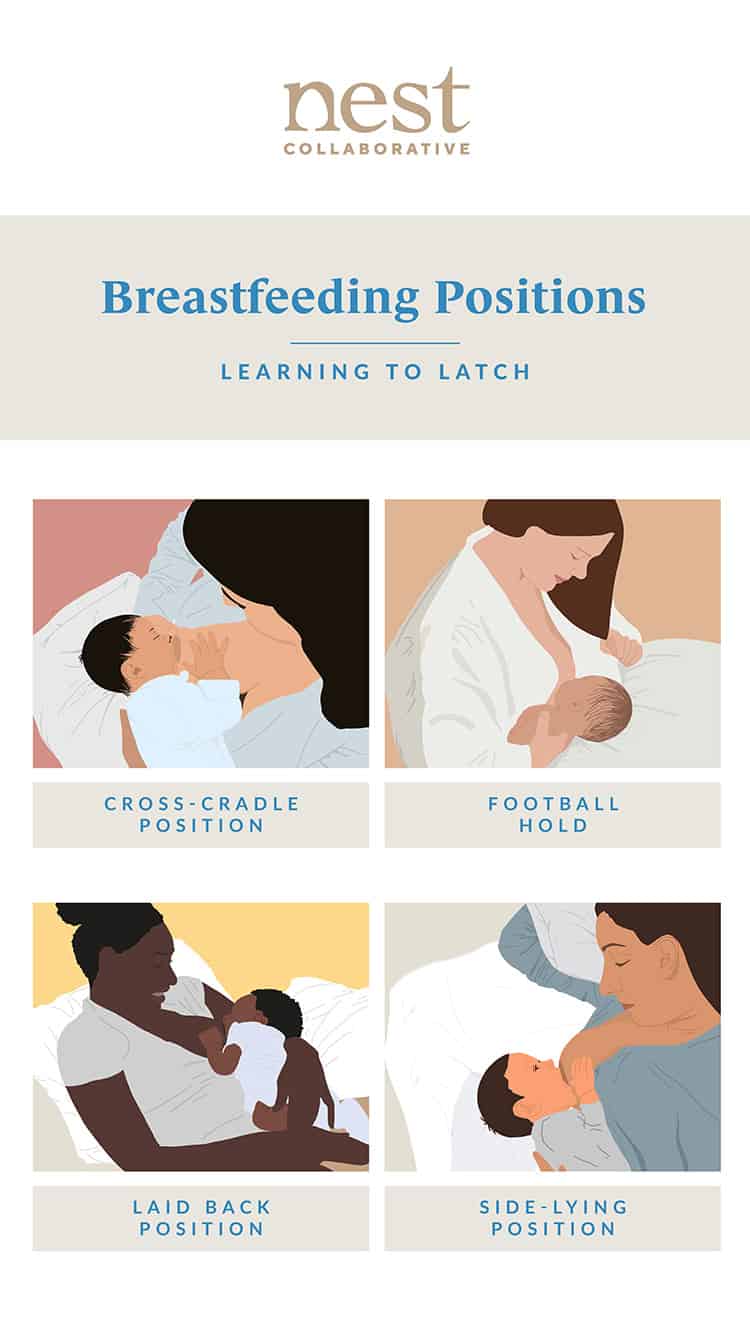
Breastfeeding is a process that takes time and practice, and good breastfeeding tips can help you meet your breastfeeding goals successfully. Learn what makes a good latch, see different breastfeeding holds, and find out how to tell if your baby is getting enough breastmilk.
Optimally, your transition from the hospital to home is seamless, as you have already started breastfeeding in the hospital, but sometimes there are challenges and problems that come up and you are not sure what to do. Having additional support and information along the way is the best way to help you be successful in breastfeeding your baby.
Make sure you and your baby are comfortable.
Healthy babies develop their own feeding patterns. Learn your baby’s cues for when he or she is ready to eat. Follow these tips for making it work.
Over time, you will learn your baby’s cues for when to start feeding. When babies are hungry, they are alert and active and may.
If anything touches their cheek, such as a hand, they may turn toward the hand, ready to eat. This sign of hunger is called rooting. Offer your breast when your baby shows rooting signs.
Don’t wait for your baby to start crying as a sign to start feeding. Crying can be a late sign of hunger, and it may be hard for the baby to latch if upset.
Make sure you and your baby are comfortable and follow your baby’s lead after she is latched on well to your breast. Often, babies need to nurse on both breasts to keep your breasts comfortable and to regulate your milk supply. As your baby slows her sucking and your breast feels more comfortable than when you first started, burp your baby or change her diaper to wake her up to take the other breast. Help your baby finish the first breast as long as she is still sucking and swallowing. Your baby will let go of your breast when she is finished.
Hold your baby close. Newborns need to be held close and comforted. Skin-to-skin contact helps to soothe crying and helps to keep your baby’s heart and breathing rate stable.
Avoid using pacifiers and bottles for the first 6 weeks after birth unless your doctor has told you to use them because of a medical reason.
Have your baby sleep in a crib or bassinet in your bedroom so that you can breastfeed more easily at night. Baby should sleep alone on their back with no soft objects in the crib.
If your baby is not able to stay awake for long enough to complete a full feeding at the breast and your baby’s diaper output is not in the normal range, talk to your baby’s doctor about having the baby’s weight checked. You can also see a lactation consultant to make sure your baby is latching on well.
Your body makes colostrum (a rich, thick, yellowish milk) in small amounts. It is loaded with antibodies and gives your baby early protection against diseases. As soon as your baby is born and you are bonding skin-to-skin, you should nurse your baby. Do this before your baby takes a big sleep, as it is hard to wake her to feed during this time.
Your baby will drink about 1 teaspoon of colostrum at each feeding. You may not see the colostrum, but it has everything your baby needs and in the right amount. It is normal for the baby to sleep heavily. Labor and delivery are hard work! Some babies like to nuzzle and may be too sleepy to latch at first. Feeding may be short and disorganized. Take advantage of your baby’s strong instinct to suck and feed upon waking every couple of hours.
You will be tired too, so sleep when your baby sleeps.
Your mature (white) milk takes the place of colostrum. It is normal for mature milk to have a yellow or golden tint at first. Your baby will feed a lot, most likely 8 to 12 times in 24 hours. Ideally, babies need to eat every 2 hours during the day and every 3 hours at night. Feedings may take about 15 to 20 minutes on each breast. A good nutritive sucking rhythm will be slow and long, with audible swallows.
Your breasts may feel full and leak. This is called engorgement, and usually lasts less than 48 hours. You can use nursing pads or breast shells in your bra to help with leaking. If the engorgement is uncomfortable, applying a warm compress before feedings and a cool compress after feedings can help. Nurse as often as needed to maintain breast comfort.
Your breast milk may be any color (e.g., yellow, white, blue tint, green tint, almost clear and watery–all is normal). Your baby will now likely be better at breastfeeding and have a larger stomach to hold more milk. Feedings may take less time and may be further apart.
Your body gets used to breastfeeding. Your breasts may become softer and the leaking may slow down.
You should breastfeed early and often. Newborns usually need to nurse at least 12 times every 24 hours. The more often your baby breastfeeds, the more milk your breast will make. Babies double their weight in a few short months, and their tummies are small, so they need many feedings to grow and be healthy.
Most parents can make plenty of milk for their babies. If you think you have a low milk supply, talk to a lactation consultant.
There is no set time for feedings. They may be 15 to 20 minutes per breast. They may be shorter or longer. Your baby will let you know when he or she is finished feeding. If feedings are routinely taking longer than 40 minutes, reach out to a lactation consultant.
It is normal for many babies to lose a small amount of weight in the first days after birth. You can tell whether your baby is getting plenty of milk, as he/she will be mostly content and will gain weight steadily after the first week of age. From birth to 3 months old, typical weight gain is 4-8 ounces a week.
Other signs that your baby is getting plenty of milk:
Your doctor will check your baby’s weight at your first doctor visit after you leave the hospital. Make sure to visit your baby’s doctor for a checkup within 3 to 5 days after birth (or 1-2 days after hospital discharge) and then again when the baby is 2 to 3 weeks old. At birth, the newborn tummy is the size of a hazelnut and can comfortably digest 1 to 2 teaspoons. At 10 days old, your baby’s stomach grows to the size of a walnut and can comfortably digest about 2 ounces. Feeding for a baby aged 9 days to 6 months is about 2-4 ounces. The calorie count of the milk gets higher in calories as your baby grows so your baby doesn’t need larger feedings.
A newborn’s tummy is very small, especially in the early days. Once breastfeeding is established, exclusively breastfed babies who are 1 to 6 months old take in between 19 and 30 ounces of breast milk each day. Newborns typically eat every 2 hours during the day and every 3 hours at night with one 4 hour stretch. If you breastfeed your baby eight times a day, your baby will get about 3 ounces per feeding but every baby is different.
A good latch is important for your baby to breastfeed effectively and for your comfort. During the early days of breastfeeding, it can take time and patience for your baby to latch on well.
There are several different breastfeeding positions for parents to hold and support babies while breastfeeding. You can also use pillows under your arms, elbows, neck, or back to give you added comfort and support. Try out these different positions until you are comfortable. You can alternate positions between feedings–whatever works for you and your baby.

This position is useful for premature babies or babies with a weak suck because this hold gives extra head support and may help the baby stay latched. Hold your baby along the area opposite from the breast you are using. Support your baby’s head at the base of his or her neck with the palm of your hand. When your baby gets older and gains more head and neck control, you can easily switch from cross-cradle to cradle hold.
This position is useful for newborns, if you have had a C-section, if you have large breasts, or if you have flat or inverted nipples. This hold is also helpful for babies who like to be in a more upright position when they feed. Hold your baby at your side with his or her head at the level of your nipple. Support your baby’s head by placing the palm of your hand at the base of his or her head.
This position is a more relaxed, baby-led approach. Lie back on a pillow. Lay your baby against your body with your baby’s head just above and between your breasts. Gravity and an instinct to nurse will guide your baby to your breast. As your baby searches for your breast, support your baby’s head and shoulders but don’t force the latch. When your baby gets older and gains more head and neck control, you can easily switch from a laid-back position to a straddle or upright hold.
This position is useful if you have had a C-section but also allows you to rest while the baby breastfeeds. It is also a great position for large breasts. Lie on your side with your baby on their side facing you. Pull your baby close so your baby faces your body.
Breastfeeding is a beautiful experience for parents and babies, but sometimes there are breastfeeding problems that make the experience difficult. Here is a list of some of the most common problems:
Most problems are preventable with a good latch and breastfeeding technique. This includes caring for your breasts while breastfeeding. Simply washing with water, without soap, is often enough and breast pads should be changed often to avoid irritation and fungal (yeast) infection.
It is also important to get help early if you experience problems with latch, pain, redness, or cracked nipples. It may surprise you to learn that continuing to breastfeed is usually part of the solution.
If breastfeeding is painful and your baby seems hungry after feeding or doesn’t put on weight, adjusting the latch and positioning may be the most important (and simplest) solution. If that doesn’t do the trick, it’s a good idea to reach out to a lactation consultant to get to the bottom of what’s going on.
If you have a breast infection, and medication is needed, your doctor will choose one that is safe to take while breastfeeding. If you or the baby have thrush–a minor yeast infection - both you and the baby may need to be treated with medicine.
Whatever the problem is, don’t get discouraged. There are often very simple solutions–and our lactation consultants at Nest Collaborative can help you.
If you are looking for breastfeeding support before and after your baby is born, our lactation consultants at Nest Collaborative can help. Our consultants are all International Board-Certified Lactation Consultants (IBCLCs) and have the skill and experience to help with any and all concerns you may have. Ultimately, our goal is to help you meet your breastfeeding goals. We are here to help. Book an appointment today with one of our lactation consultants.
